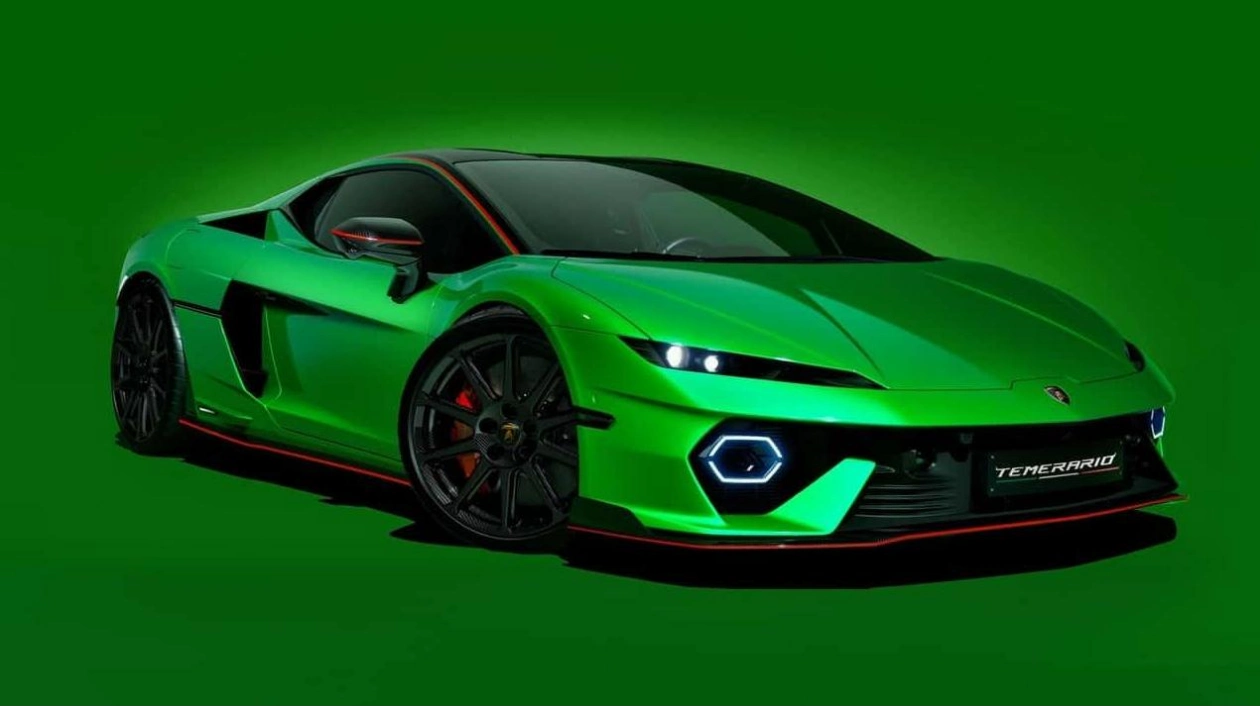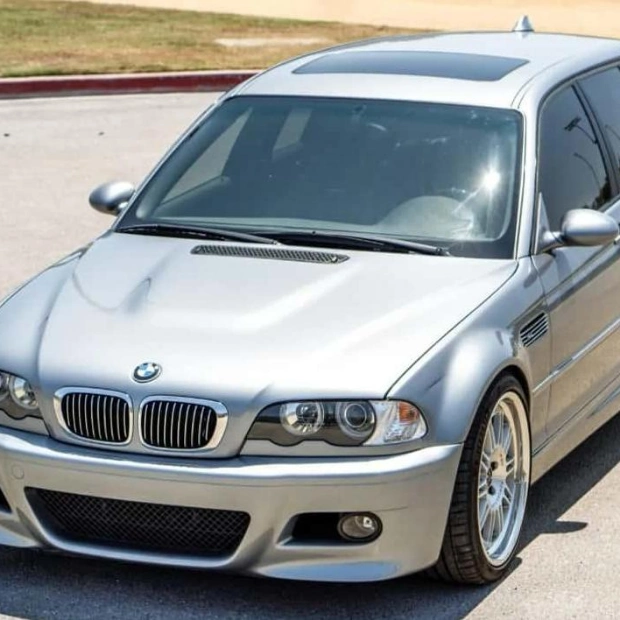The Lamborghini Huracán has been replaced, marking the end of its cherished naturally aspirated V-10 engine. However, enthusiasts of high-speed Lamborghinis can rejoice as Sant'Agata Bolognese introduces a new sensation: the Lamborghini Temerario.
Lamborghini describes the Temerario as a High-Performance Electrified Vehicle (HPEV), featuring a twin-turbocharged 4.0-liter V-8 plug-in hybrid system complemented by three electric motors. This setup delivers an impressive 920 horsepower, propelling the Temerario from 0 to 62 miles per hour in just 2.7 seconds, with a top speed of 211 miles per hour.
The new V-8 engine is a ground-up creation by Lamborghini, featuring a 90-degree 'Hot V' configuration and a flat-plane crankshaft. It utilizes two turbochargers operating at a maximum pressure of 36 psi, with cast aluminum alloy cylinder heads and titanium connecting rods to reduce weight. The engine also incorporates Diamond-Like Carbon (DLC) coated finger followers in the valvetrain, allowing it to reach up to 10,000 rpm.
The vehicle integrates three oil-cooled, axial-flux electric motors with the V-8. The rear motor is positioned between the engine and the transversely mounted eight-speed dual-clutch gearbox, contributing up to 150 hp and 221 pound-feet of torque. The two additional motors on the front axle provide 82 hp each, enabling all-wheel drive. The Temerario includes a 'Drift Mode' function that selectively applies torque to the rear wheels at varying power levels, along with a launch control feature.
The battery pack has a capacity of 3.8 kilowatt-hours and can be recharged in 30 minutes via a traditional AC charging port with up to 7 kilowatts of power. It also supports regenerative braking and direct charging from the V-8 in as little as 6 minutes. While the Temerario can operate on its front electric motors alone, Lamborghini has not specified an EV driving range.
Visually, the Temerario combines elements of the larger Revuelto and the outgoing Huracán. It features narrower headlights and hexagonal LED running lights on the front bumper. The car rides on staggered 20- and 21-inch wheels, available in forged or carbon-fiber options.
The Temerario introduces a larger aerodynamic vent ahead of the rear wheels, enhancing downforce by 103% compared to the Huracán Evo. The Temerario Alleggerita lightweight package, available at launch, includes a larger rear wing, unique bumper treatments, and carbon fiber rims, increasing downforce by 158% over the Huracán Evo and reducing weight by 55 pounds.
The chassis of the Temerario is entirely aluminum, differing from the mixed aluminum and carbon-fiber construction of the Huracán. This design reduces material use by 50%, decreases heat-welded joints by 80%, and boosts torsional rigidity by 20%, aiding in weight reduction.
Inside, the Temerario offers a cockpit-style cabin with enhanced headroom and legroom, accommodating even a 6-foot 6-inch NBA player with a helmet. The dashboard includes an 8.4-inch vertical touchscreen, a 12.3-inch digital instrument cluster for the driver, and a 9.1-inch touchscreen display for the passenger.
The pricing for the Lamborghini Temerario remains undisclosed, but considering the Huracán Evo started at around $300,000 in the US, the Temerario could range from $400,000 to $500,000. More details will be available when the car hits the market later this year or early in 2025.






